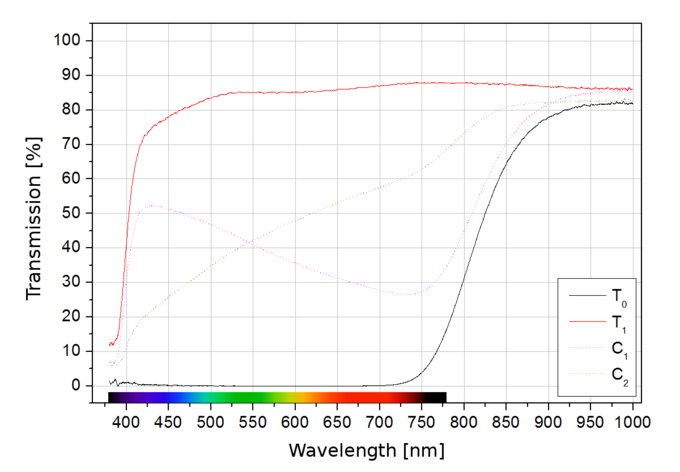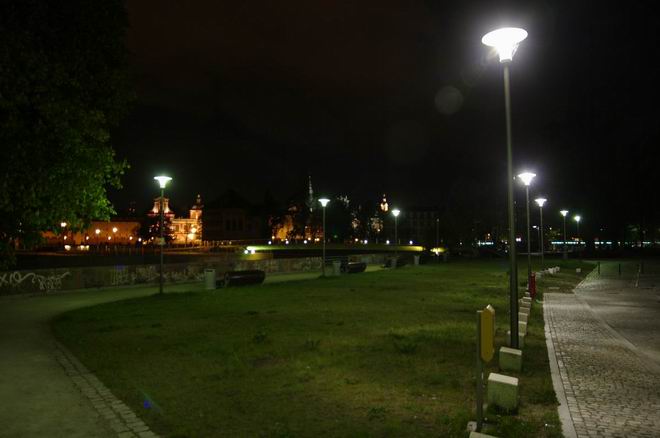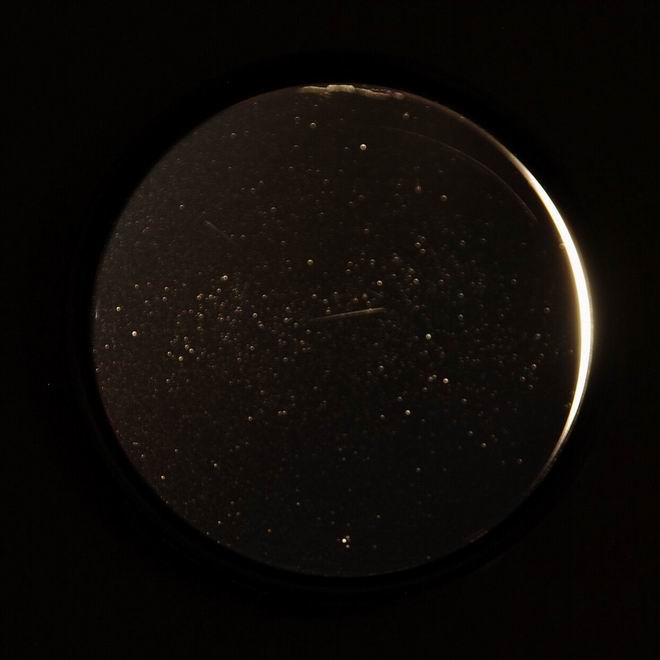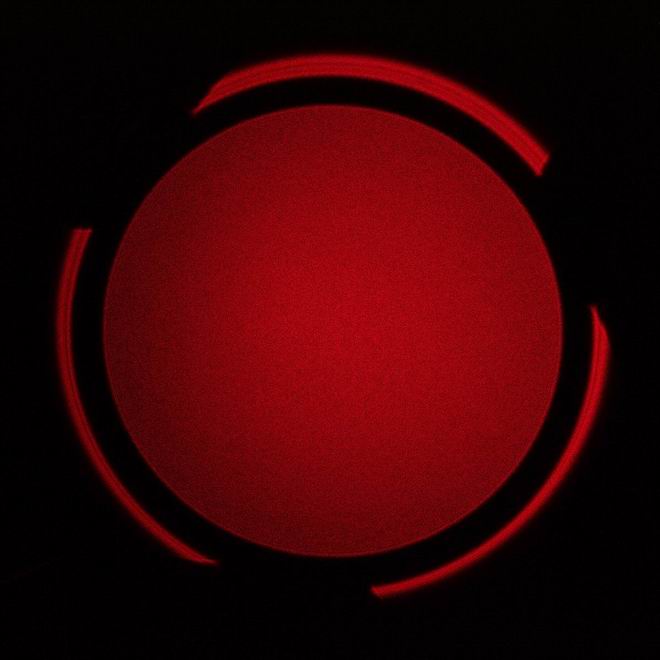Polarizing filters test 2015
17. Hoya HRT CIR-PL UV
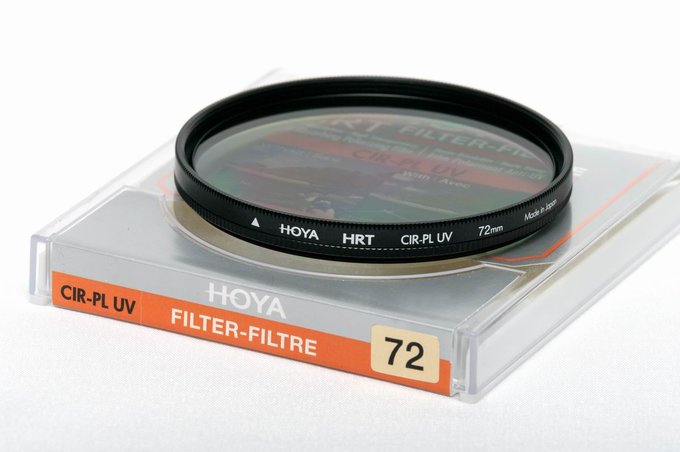 |
The Hoya products have been enjoying a lot of popularity for years, mainly because of their very good price/quality ratio. This time we decided to test some cheaper models offered by this company.
Please Support UsIf you enjoy our reviews and articles, and you want us to continue our work please, support our website by donating through PayPal. The funds are going to be used for paying our editorial team, renting servers, and equipping our testing studio; only that way we will be able to continue providing you interesting content for free. |
- - - - - - - - - - - - - - - - - - - - - - - - - - - - - - - - - - - - - - - - - - - - - - - -
Results of the test
Final score: 24.1 / 37.5 pts (64.1%)
- Overall ranking: 12th place
- Econo-ranking: 12th place
Design, usage and summary
The ring is glued in or pressed, it’s hard to tell. An even, easy work with slight whirr. The marker of the polarizer’s azimuth indeed shows the direction of the polarization. No coatings on the surfaces of the filter and no reservations concerning the build quality either.The first thing that sticks out is the name. A polarizing filter and an UV filter in one? An excellent idea! Still does it work? It must be honestly said that the second Hoya filter indeed lets through a lot of ultraviolet and it happens that only 7 filters out of 23 tested here do the same. Here the Hoya CIR-PL UV performs like 70% of tested models. The feature that was supposed to be distinctive is, in fact, a norm.
The spectrum characteristics are very similar to the one observed for the B+W KSM HTCM filters but the transmission is by about 4% lower. Using good coatings would most probably put both filters on equal level.




